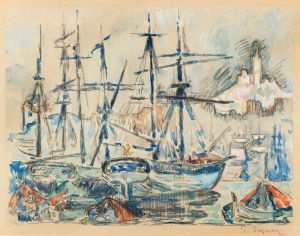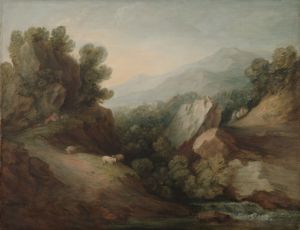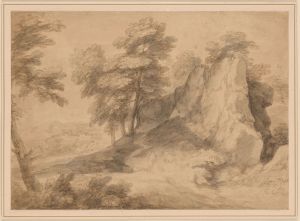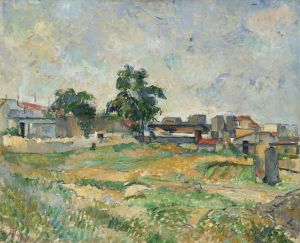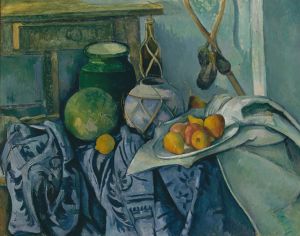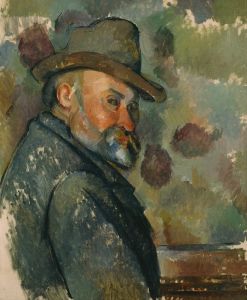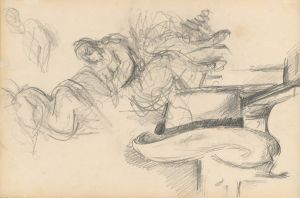
Morning View of L’Estaque Against the Sunlight
A hand-painted replica of Paul Cézanne’s masterpiece Morning View of L’Estaque Against the Sunlight, meticulously crafted by professional artists to capture the true essence of the original. Each piece is created with museum-quality canvas and rare mineral pigments, carefully painted by experienced artists with delicate brushstrokes and rich, layered colors to perfectly recreate the texture of the original artwork. Unlike machine-printed reproductions, this hand-painted version brings the painting to life, infused with the artist’s emotions and skill in every stroke. Whether for personal collection or home decoration, it instantly elevates the artistic atmosphere of any space.
"Morning View of L’Estaque Against the Sunlight" is a painting by the French Post-Impressionist artist Paul Cézanne. This work is part of Cézanne's extensive series of landscapes depicting the village of L’Estaque, located near Marseille in the south of France. Cézanne painted this series during the late 19th century, a period when he frequently visited the area.
Paul Cézanne (1839-1906) is often regarded as a pivotal figure in the transition from 19th-century Impressionism to 20th-century Cubism. His innovative approach to form, color, and perspective had a profound influence on the development of modern art. Cézanne's work is characterized by his methodical brushstrokes and his ability to convey the underlying structure of the natural world.
"Morning View of L’Estaque Against the Sunlight" exemplifies Cézanne's mature style, where he moved away from the fleeting effects of light and atmosphere that were central to Impressionism. Instead, he focused on the solidity and geometry of the landscape. In this painting, Cézanne captures the rugged terrain and the Mediterranean light of L’Estaque with a palette of vibrant colors and a composition that emphasizes the interplay of shapes and volumes.
The painting depicts a sunlit view of the village, with its red-tiled roofs and whitewashed buildings nestled among the hills. The sunlight creates strong contrasts and casts deep shadows, enhancing the three-dimensionality of the scene. Cézanne's use of color is particularly notable; he employs a range of blues, greens, and ochres to convey the luminosity and warmth of the Mediterranean environment.
Cézanne's technique in this painting involves the use of short, parallel brushstrokes that build up the surface of the canvas, creating a sense of texture and depth. This approach allows him to break down the landscape into its essential forms, a method that would later influence the Cubists, including artists like Pablo Picasso and Georges Braque.
The village of L’Estaque itself holds a significant place in Cézanne's oeuvre. He first visited the area in the early 1870s and returned frequently over the next three decades. The changing light and varied topography of L’Estaque provided Cézanne with endless inspiration, and he produced numerous paintings of the village from different viewpoints and under different lighting conditions.
"Morning View of L’Estaque Against the Sunlight" is a testament to Cézanne's ability to transform a simple landscape into a complex and dynamic composition. His innovative use of color and form not only captures the essence of the scene but also reflects his broader artistic vision. This painting, like many of Cézanne's works, bridges the gap between the naturalistic representation of the Impressionists and the more abstract, structural approach of the early 20th-century avant-garde.
Today, Cézanne's paintings of L’Estaque are celebrated for their contribution to the development of modern art. They are housed in major museums and collections around the world, where they continue to be studied and admired for their groundbreaking approach to landscape painting. "Morning View of L’Estaque Against the Sunlight" remains a key example of Cézanne's enduring legacy and his influence on the trajectory of Western art.






